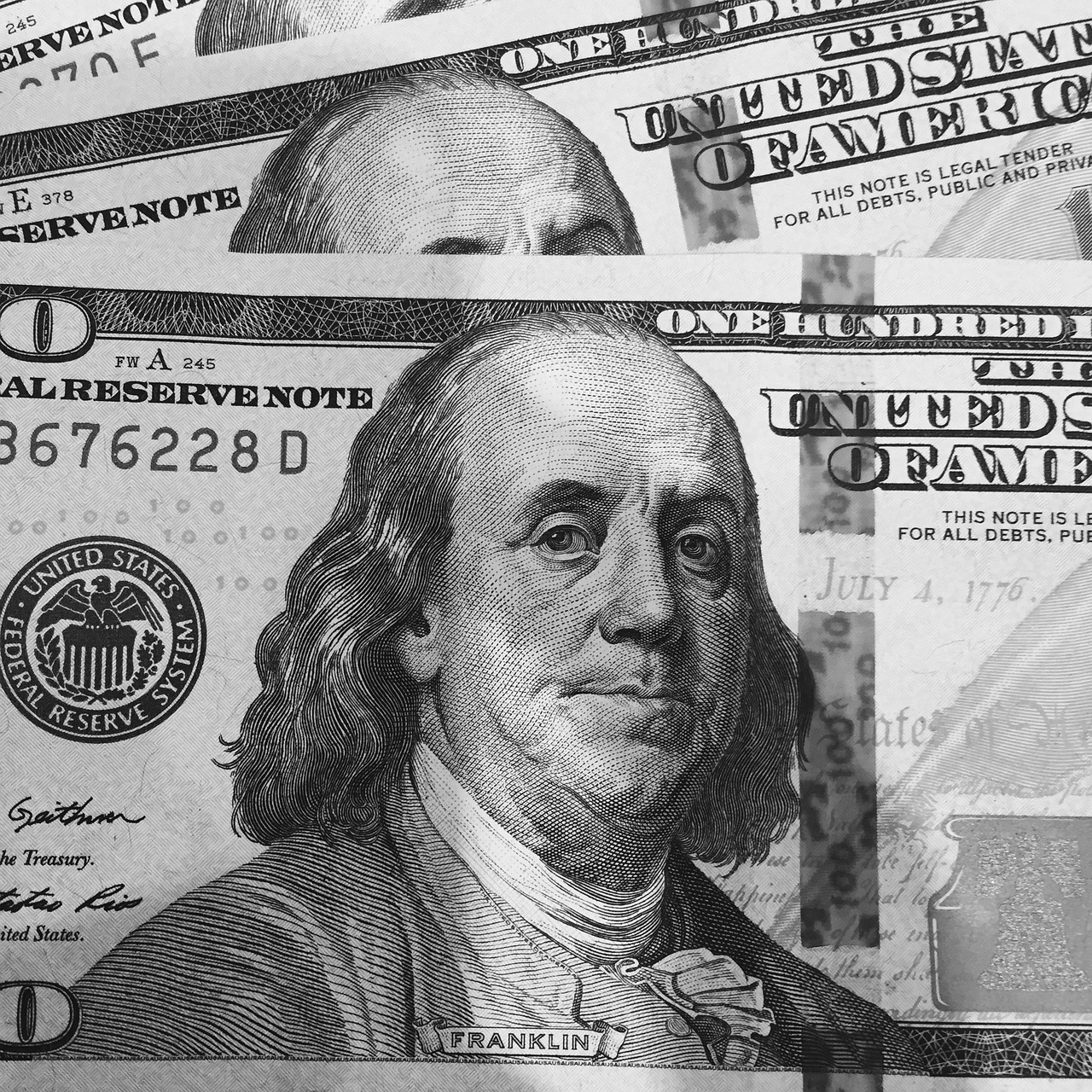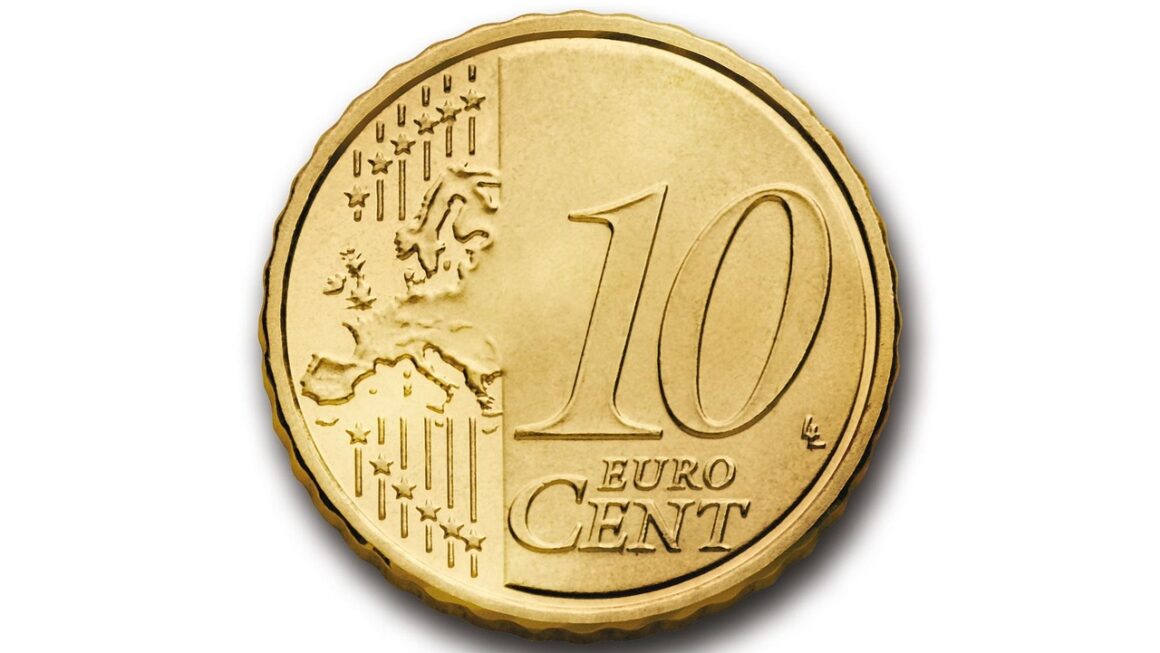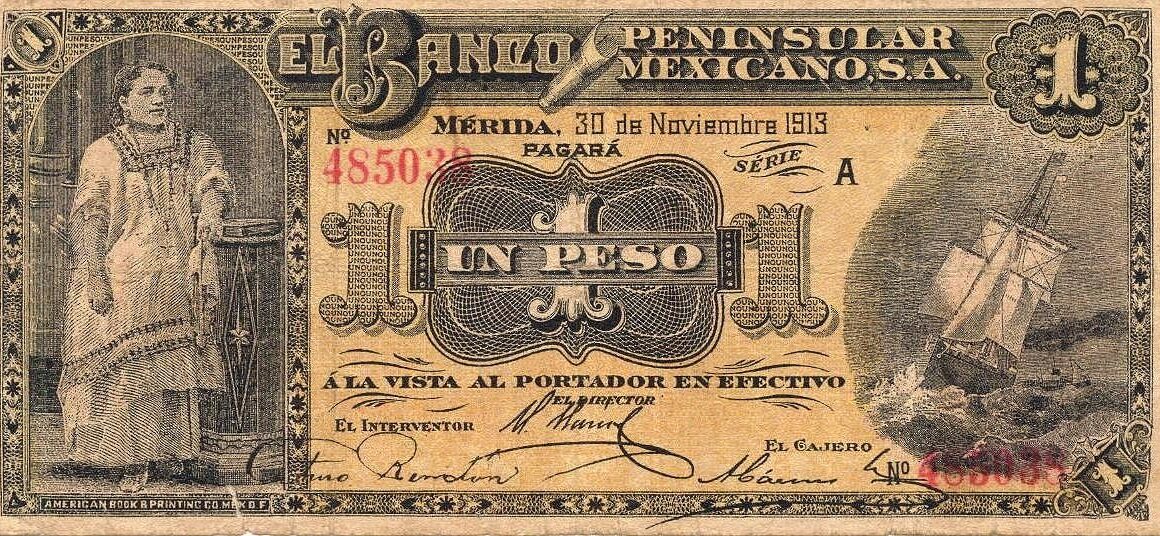Monetary policy, often shrouded in complex jargon and seemingly abstract concepts, plays a pivotal role in shaping the economic landscape. From influencing interest rates on your mortgage to impacting the overall health of the stock market, understanding monetary policy is crucial for anyone seeking to navigate the financial world. This article will demystify the intricacies of monetary policy, providing a clear and comprehensive overview of its tools, goals, and impact.
What is Monetary Policy?
Monetary policy refers to the actions undertaken by a central bank to manipulate the money supply and credit conditions to stimulate or restrain economic activity. The primary goal is usually to maintain price stability (controlling inflation) and support full employment. Different countries have different central banks responsible for implementing monetary policy, such as the Federal Reserve (the Fed) in the United States, the European Central Bank (ECB) in the Eurozone, and the Bank of England (BoE) in the United Kingdom.
Goals of Monetary Policy
Monetary policy generally aims to achieve several key macroeconomic objectives:
- Price Stability: Keeping inflation at a desirable level (typically around 2% in many developed economies) is crucial for maintaining the purchasing power of money and fostering economic stability. High inflation erodes savings and makes it difficult for businesses to plan for the future.
- Full Employment: Monetary policy strives to minimize unemployment and maximize the utilization of labor resources. High unemployment represents wasted potential and can lead to social and economic hardship.
- Economic Growth: While monetary policy cannot directly create long-term economic growth, it can support sustainable growth by creating a stable and predictable economic environment.
- Stable Exchange Rates: In some countries, particularly those with fixed or managed exchange rate regimes, maintaining stable exchange rates is also a key objective.
Independence of Central Banks
A key characteristic of effective monetary policy is the independence of the central bank from political interference. This independence allows central bankers to make decisions based on economic data and forecasts, rather than short-term political considerations. When governments can directly influence monetary policy, there’s a risk that they might prioritize short-term gains (e.g., boosting the economy before an election) over long-term stability.
Tools of Monetary Policy
Central banks employ various tools to implement monetary policy, primarily influencing the money supply and interest rates. These tools can be broadly categorized as conventional and unconventional.
Conventional Tools
These are the most commonly used instruments in monetary policy:
- Interest Rate Adjustments (The Federal Funds Rate): This is the primary tool used by central banks. By raising or lowering the target range for the federal funds rate (in the US) or the equivalent in other countries, the central bank influences the cost of borrowing for banks, which in turn affects interest rates across the economy, including mortgages, auto loans, and business loans. For example, if the Fed raises the federal funds rate, banks will likely increase their lending rates, making borrowing more expensive and potentially slowing down economic activity.
- Reserve Requirements: These are the fraction of a bank’s deposits that they are required to keep in their account at the central bank or as vault cash. By increasing reserve requirements, the central bank reduces the amount of money banks have available to lend, thus tightening credit conditions. Conversely, lowering reserve requirements increases the lending capacity of banks.
- Open Market Operations (OMO): This involves the buying and selling of government securities in the open market by the central bank. When the central bank buys government securities, it injects money into the banking system, increasing the money supply and lowering interest rates. Conversely, selling government securities withdraws money from the banking system, decreasing the money supply and raising interest rates. For example, if the Fed wants to lower interest rates, it will buy US Treasury bonds from banks.
Unconventional Tools
In times of severe economic crisis or when conventional tools become ineffective, central banks may resort to unconventional monetary policy measures.
- Quantitative Easing (QE): This involves the central bank purchasing longer-term government bonds or other assets to inject liquidity into the market and lower long-term interest rates. QE is often used when short-term interest rates are already near zero. For example, during the 2008 financial crisis and the COVID-19 pandemic, the Federal Reserve implemented large-scale QE programs to support the economy.
- Negative Interest Rates: Some central banks, such as the ECB and the Bank of Japan, have experimented with negative interest rates on commercial banks’ reserves held at the central bank. The goal is to incentivize banks to lend more money rather than hoard it at the central bank.
- Forward Guidance: This involves the central bank communicating its intentions, what conditions would cause it to maintain a course of action, and what conditions would cause it to change course, to the public. By providing clarity about its future policy intentions, the central bank hopes to influence expectations and guide economic behavior. For example, a central bank might state that it intends to keep interest rates low until unemployment falls below a certain level.
How Monetary Policy Works: A Simple Example
Imagine the economy is overheating, with inflation rising rapidly. To combat this, the central bank might take the following steps:
Conversely, if the economy is in a recession, the central bank might lower interest rates to stimulate borrowing and spending.
The Impact of Monetary Policy
Monetary policy has a wide-ranging impact on various aspects of the economy.
Impact on Consumers
- Borrowing Costs: Lower interest rates make it cheaper to borrow money, encouraging consumers to purchase homes, cars, and other goods and services.
- Savings Rates: Higher interest rates make saving more attractive, as consumers earn more interest on their savings accounts and bonds.
- Inflation: Monetary policy directly impacts inflation, affecting the prices consumers pay for goods and services.
Impact on Businesses
- Investment Decisions: Lower interest rates encourage businesses to invest in new equipment, expand their operations, and hire more workers.
- Access to Credit: Monetary policy affects the availability of credit for businesses, influencing their ability to finance their operations and growth.
- Exchange Rates: Monetary policy can impact exchange rates, affecting the competitiveness of businesses that export or import goods and services.
Impact on Financial Markets
- Stock Prices: Lower interest rates can boost stock prices by making it cheaper for companies to borrow money and by increasing investor confidence.
- Bond Yields: Monetary policy directly impacts bond yields, which in turn affects the returns investors earn on bonds.
- Real Estate Prices: Lower interest rates can stimulate demand for housing, leading to higher real estate prices.
Challenges and Limitations of Monetary Policy
While monetary policy is a powerful tool, it faces several challenges and limitations.
Time Lags
Monetary policy operates with a considerable time lag. It can take several months or even years for the full impact of a policy change to be felt in the economy. This makes it difficult for central bankers to accurately predict the effects of their actions.
Zero Lower Bound
The zero lower bound refers to the fact that interest rates cannot fall significantly below zero. This limits the central bank’s ability to stimulate the economy during a severe recession, as it cannot lower interest rates much further.
Liquidity Trap
A liquidity trap occurs when interest rates are already low, but further monetary easing fails to stimulate the economy because individuals and businesses prefer to hoard cash rather than invest or spend.
Global Interdependence
In today’s interconnected global economy, monetary policy in one country can have significant spillover effects on other countries. This makes it challenging for central banks to manage their economies independently.
Conclusion
Monetary policy is a complex but essential tool for managing the economy. By understanding the tools, goals, and impact of monetary policy, individuals and businesses can make more informed financial decisions and better navigate the economic landscape. While monetary policy faces challenges and limitations, it remains a crucial instrument for maintaining price stability, supporting full employment, and promoting sustainable economic growth. Keeping abreast of the latest developments in monetary policy is crucial for anyone seeking to understand the forces shaping the financial world.




